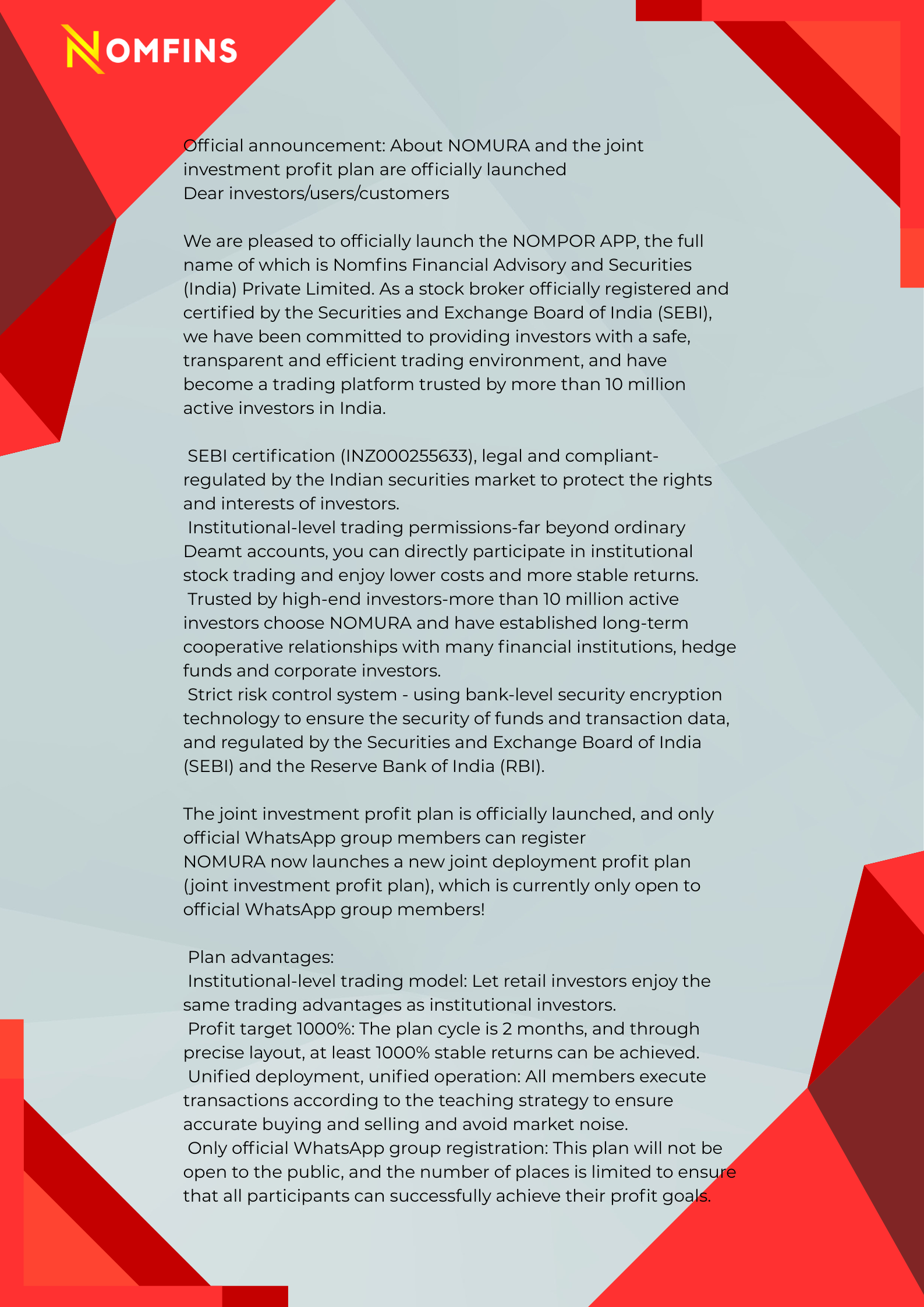Skip to content
US Economic Growth and Recession Risk
- Growth slowing after 2023’s surprising resilience.
- Real GDP growth near zero for 2024 overall.
- H1 2024: modest growth (~1.3%).
- H2 2024: mild recession expected.
- Financial conditions remain tight, weighing on cyclical sectors and stressing private sector balance sheets.
- Business financial stress and default rates likely to rise, with slowing revenues exacerbated by a strong dollar impacting exporters.
- Capex boom from 2023 (e.g., CHIPS, IRA) is fading, with no sharp reversal but slower growth ahead.
Labor Market and Consumer Behavior
- Labor market cooling:
- Nonfarm payroll additions slowed to below 200k/month (pre-pandemic average).
- Unemployment rising slowly, expected above 4% in H1 2024 and climbing further during recession.
- Consumers remain resilient due to solid labor income and mortgage debt mostly fixed-rate with low payments relative to income.
- However, headwinds growing from rising credit card interest costs, student loan repayments resuming, and tighter lending conditions reducing large durable goods demand.
Inflation and “Last Mile” Risks
- Disinflation expected to continue through 2024:
- Core PCE inflation forecast falls from 3.2% (Nov 2023) to 2.2% (Q4 2024).
- Vehicle prices and rent inflation driving much of disinflation.
- “Supercore” inflation (non-rent core services like food services, healthcare) moderates more slowly due to sticky wage pressures.
- Wage growth is key risk:
- Elevated wages may sustain “last mile” inflation, risking inflation reacceleration if labor market tightness persists.
Monetary Policy Outlook
- Fed likely done hiking rates, with a first 25bp rate cut expected June 2024.
- Aggressive easing unlikely until recession begins (expected H2 2024).
- Once recession starts (~Sept 2024), expect a rate cutting cycle of 25bp per meeting and end to balance sheet reduction (QT).
- Rate cuts limited pre-recession historically and usually preceded by financial stress; absent such stress, easing will be cautious.
Recession Drivers
- Rising real interest rates due to Fed tightening and slowing inflation.
- Credit tightening and business financial stress expected to depress investment and capex, causing recession in second half of 2024.
- Unemployment expected to rise to ~5% by end of 2024 and mid-5% range in 2025.
Fiscal Policy
- No significant fiscal stimulus expected in 2024 due to divided government and presidential election year dynamics.
- Inflation concerns and deficit worries likely to restrain stimulus appetite.
Risks and Scenarios
- Soft landing possible if demand stabilizes despite tight financial conditions and household balance sheets remain strong.
- Fed’s reaction function may shift to more dovish stance, increasing risk of faster rate cuts and possible inflation reacceleration.
- Severe recession and financial stress possible but base case is mild recession; past recessions often accompanied by equity sell-offs and credit stress.

